In the world of gardening, there are many divisions: tropical and cold-hardy, evergreen and deciduous, sun-loving and shade tolerant. For many home gardeners, an invisible line exists between ornamental and edible.
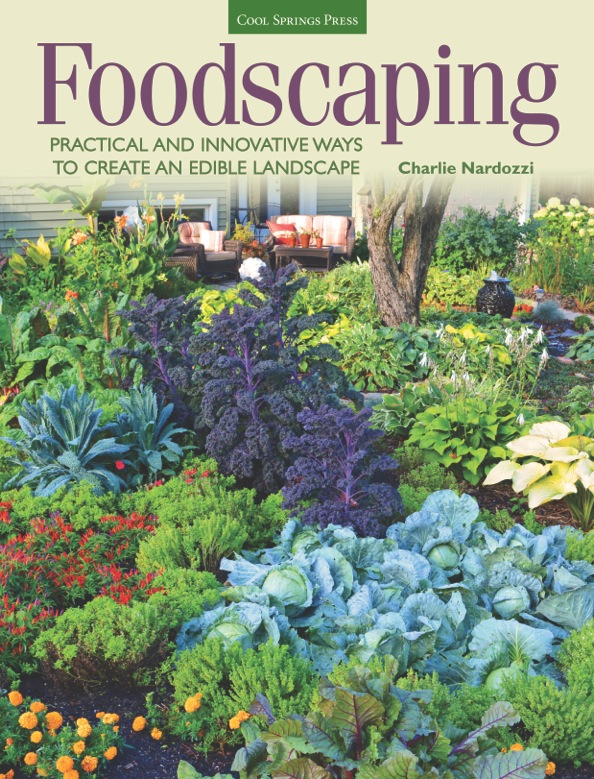 Although the gulf between ornamental and edible plants has become fainter in recent years, many people still harbor a prejudice against edibles. They are often regarded as sprawling, ugly, nutrient-greedy and requiring more work since many are annuals (which means they must be replaced every season). Pretty plants go in the front yard, and the vegetable garden is out back behind the garage.
Although the gulf between ornamental and edible plants has become fainter in recent years, many people still harbor a prejudice against edibles. They are often regarded as sprawling, ugly, nutrient-greedy and requiring more work since many are annuals (which means they must be replaced every season). Pretty plants go in the front yard, and the vegetable garden is out back behind the garage.
A new book by Vermont-based Charlie Nardozzi called Foodscaping (Cool Springs Press, $24.99) offers a practical way to incorporate edible plants – beans, squash, herbs, berries, greens and more – into a “pretty” landscape.
In Foodscaping, Nardozzi – well-known garden writer, speaker and media personality – urges gardeners to desegregate the garden. “This is not about a total garden overhaul,” he writes. “This is merely a touch-up.”
Among his suggestions:
— Use fruit trees (citrus loves Houston) to protect shade-loving impatiens and begonias.
— Incorporate blueberry shrubs as an anchor in the back of the perennial garden
— Plant rosemary as a loose hedge. (Yes, it can get that big.)
— Train grapevines to grow up the patio trellis and provide shade.
— Interplant lettuces into annual borders.
— Choose dwarf or bush tomatoes, which are neater than old-style vining tomatoes that become ratty-looking by mid-summer.
— Add height to your garden by providing peas and beans an attractive trellis or fence to grow up and around.
— Pick and eat your plants. Many greens – kale, Swiss chard, cabbages – are already widely used in Houston landscapes. Take a lesson from such displays, but be sure to harvest!
— Choose hot-weather favorites that have unusually beautiful fruits. Eggplant, for example, come in many varieties aside from the huge purple-black fruits found in the supermarket. Some bear white, pink, even striped fruits. The plants, by the way, are beautiful on their own or when planted among marigolds.
Although this book is not written specifically with the Gulf Coast’s challenging climate in mind, there are many applicable tips here, as well as photos to inspire you.
Start small, urges Nardozzi. Place the right plant in the right place – and only those you and your family prefer to eat.

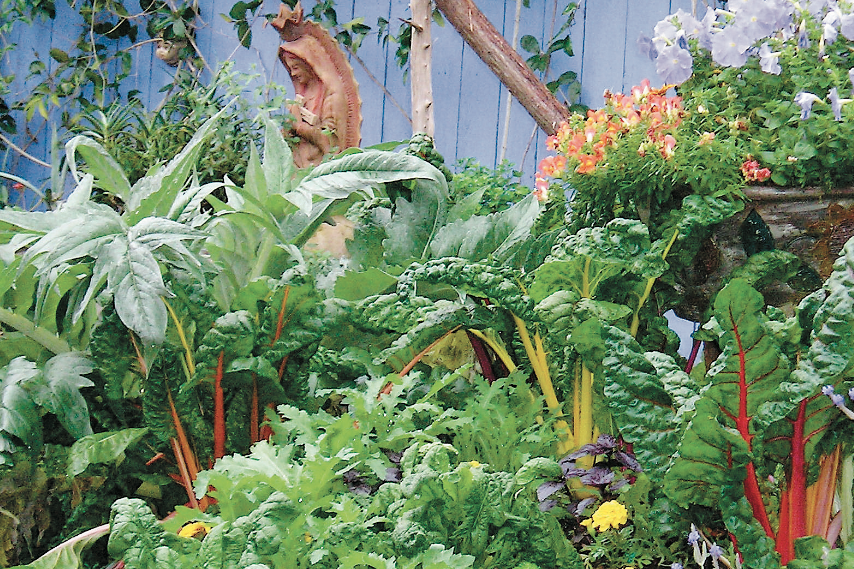
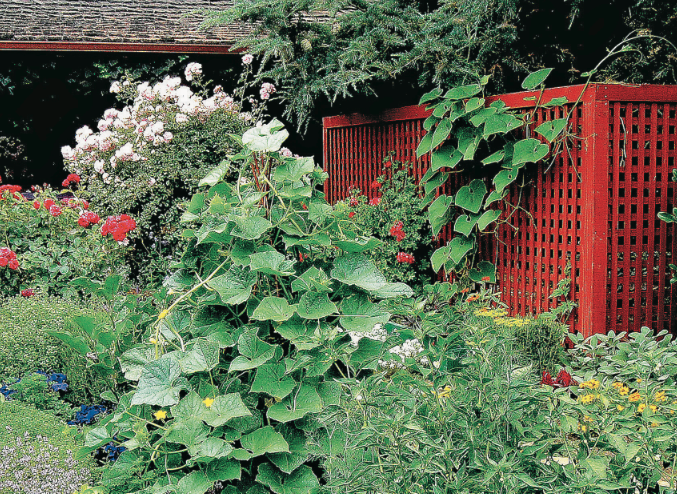


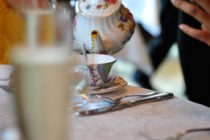
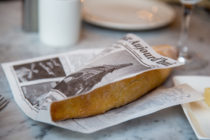
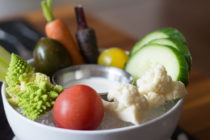



Follow Us